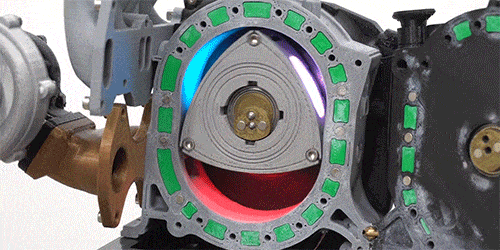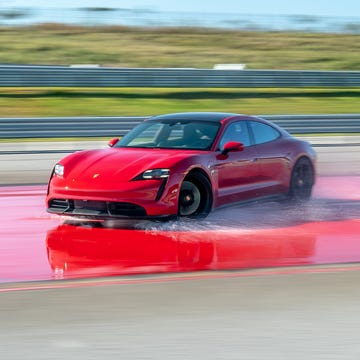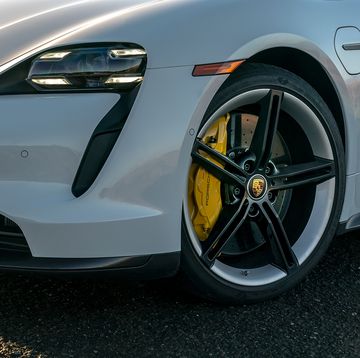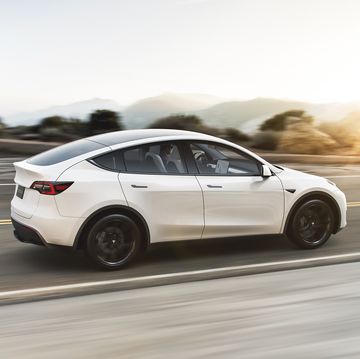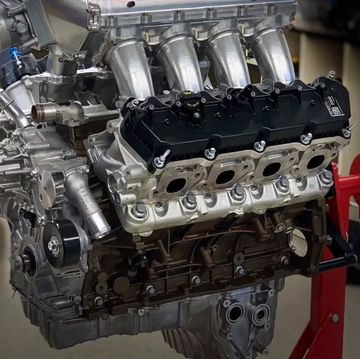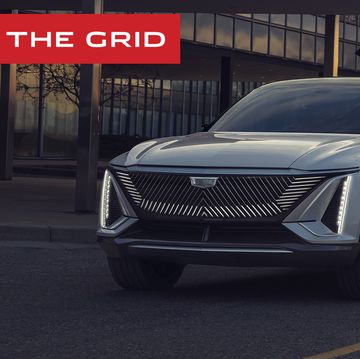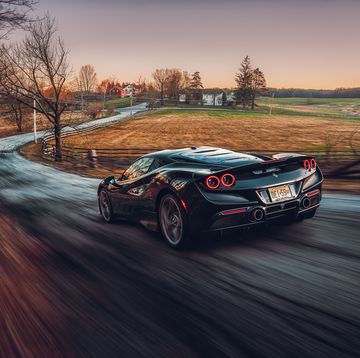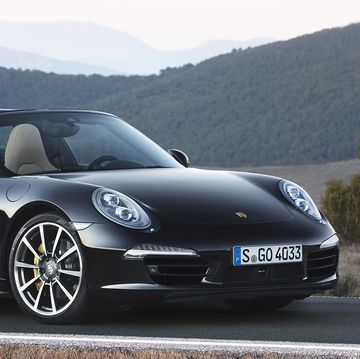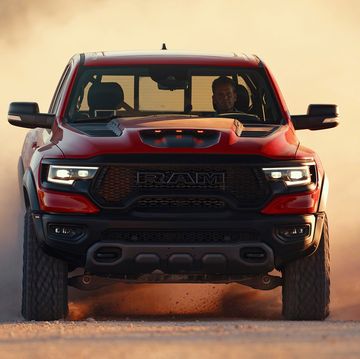The Wankel rotary engine is an engineer's dream. Smaller, lighter and simpler than any piston engine, the spinning-triangle design can crank out major power from a tiny package with a minimum of moving parts.
But there are major drawbacks. A Wankel engine doesn't burn fuel nearly as cleanly or efficiently as a piston engine. That leads to dirty emissions—a problem that's compounded by the way the engine burns its lubricating oil. The technical challenges of the rotary engine eventually led every major automaker except Mazda to abandon the design. Even now, Mazda doesn't currently build a rotary-powered vehicle, but we've been assured time and time again that this will change, and soon.
Here's the interesting thing: Most of the Wankel's drawbacks turn into advantages with one simple change. All you have to do is swap fuels, from gasoline to hydrogen.
Beloved YouTube nerd Jason Fenske of Engineering Explained is here to describe for us exactly what happens inside a Wankel engine that's running on hydrogen, his second recent video exploring hydrogen as a potential automotive fuel source. It turns out, this engine design is pretty much ideal for burning hydrogen. Mazda even built and sold a vehicle that took advantage of this, a dual-fuel RX-8 that could switch on the fly from gasoline to hydrogen and back. (It was sold only briefly, and only in Japan.)
Fenske uses an incredibly cool 3D-printed cutaway engine to explain exactly why the rotary is so good at burning hydrogen, and how future vehicles might take advantage of this benefit. Check out the full video here.
And to learn more about the awesome Wankel model Fenske's using, check out this video from a few weeks back going into all the detail of the build.

Bob Sorokanich previously served as deputy editor of Road & Track Magazine. He is based in New York City.
